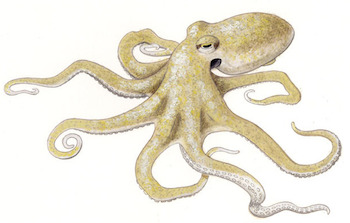October 21, 2020
Building Trees
October 21, 2020
I built the tree for the Dive Gear section. All the multi-subject pages have exploded into multiple single-subject pages, and everything then needs to be re-organized. It is very fussy and time-consuming. The worst part was doing the Dive Sites section, because that involved not only organizing things logically, but also geographically. Dive Sites and Artificial Reefs are all tangled up in each other as well, which was fun to sort out. Now up to 1058 pages and posts, with just the Artifacts section left to do.
Later ...
I finished putting in the Artifacts section. The total number of pages now stands at 1163, although I'm sure that will go up as I find things I missed.

